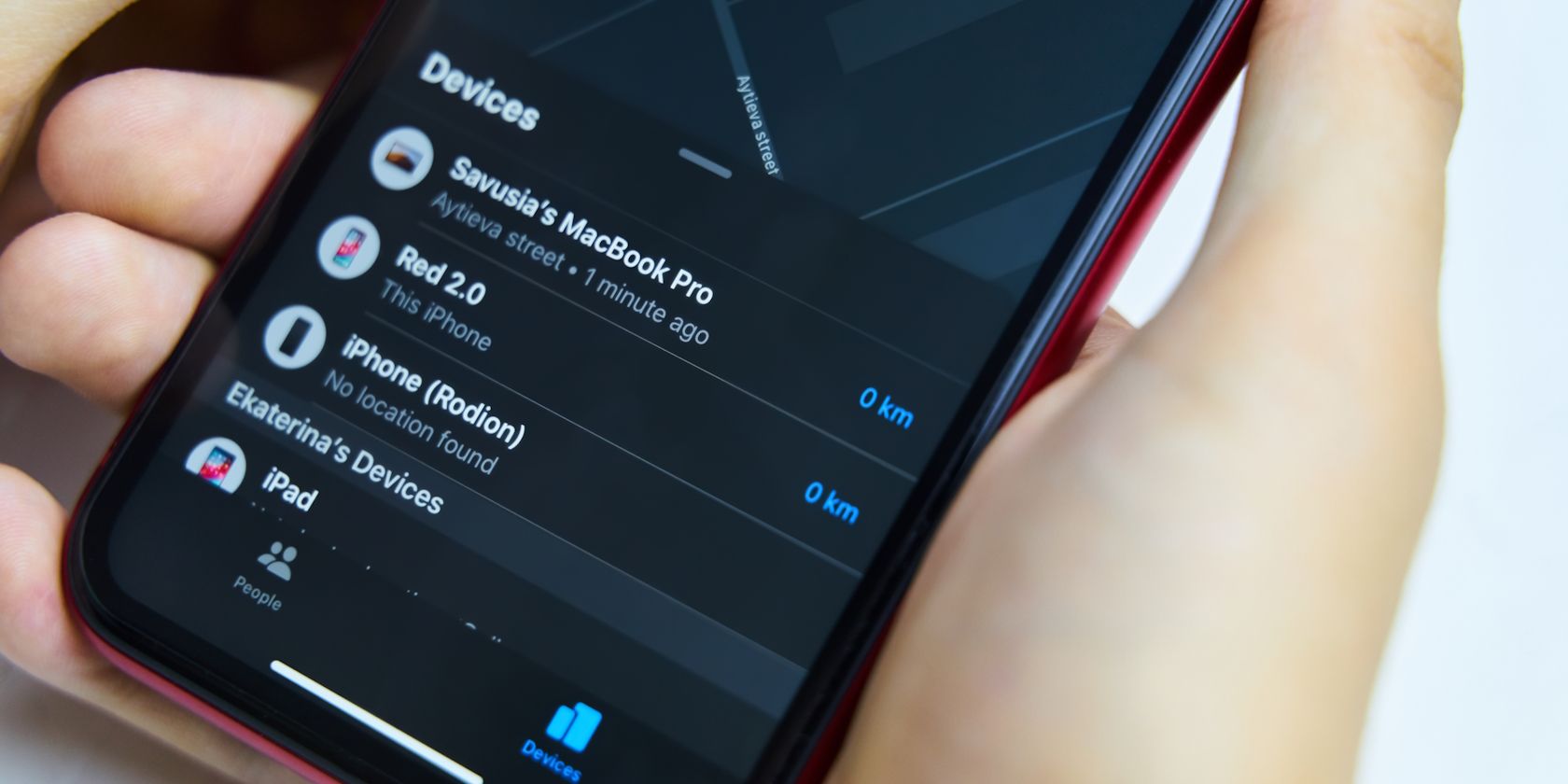
Diagnosing Graphics Card Issues: Key Internal Components to Examine - Tips From YL Computing Specialists

Mastering Display Customization on Windows [Student]: What Is the Value of (B ) if It Satisfies the Equation (\Frac{b}{6} = 9 )?
The Windows 10 display settings allow you to change the appearance of your desktop and customize it to your liking. There are many different display settings you can adjust, from adjusting the brightness of your screen to choosing the size of text and icons on your monitor. Here is a step-by-step guide on how to adjust your Windows 10 display settings.
1. Find the Start button located at the bottom left corner of your screen. Click on the Start button and then select Settings.
2. In the Settings window, click on System.
3. On the left side of the window, click on Display. This will open up the display settings options.
4. You can adjust the brightness of your screen by using the slider located at the top of the page. You can also change the scaling of your screen by selecting one of the preset sizes or manually adjusting the slider.
5. To adjust the size of text and icons on your monitor, scroll down to the Scale and layout section. Here you can choose between the recommended size and manually entering a custom size. Once you have chosen the size you would like, click the Apply button to save your changes.
6. You can also adjust the orientation of your display by clicking the dropdown menu located under Orientation. You have the options to choose between landscape, portrait, and rotated.
7. Next, scroll down to the Multiple displays section. Here you can choose to extend your display or duplicate it onto another monitor.
8. Finally, scroll down to the Advanced display settings section. Here you can find more advanced display settings such as resolution and color depth.
By making these adjustments to your Windows 10 display settings, you can customize your desktop to fit your personal preference. Additionally, these settings can help improve the clarity of your monitor for a better viewing experience.
Post navigation
What type of maintenance tasks should I be performing on my PC to keep it running efficiently?
What is the best way to clean my computer’s registry?
Also read:
- 7 Top Ways To Resolve Apple ID Not Active Issue For iPhone 13 Pro
- 網路直接 FLAC 格式化 AIFF音頻:使用Movavi進行無成本免費轉換
- Boost Your PC’s Speed Swiftly with Expert Hacks From YL Software
- Bulk Discount: Buy DEX3 by January 1St & Score Free Set of Duo 16-Track HD Karaoke MP4 Downloads!
- Counteracting Unforeseen Security Issues in Win10/Win11
- DJ Secrets: 11 Proven Strategies to Increase Your Bookings and Profits
- Exploring the Advantages of Crypto Payments: Insights From YL Computing's Guide on Digital Finance
- New In 2024, The Honest Guide to Getting Filmora for Free (No Illegal Downloads)
- Quick Solutions: Boosting Your iPhone's Audio Without a Fuss - A Step-by-Step Troubleshoot
- Solving Audio Issues: A Guide to Fixing Unresponsive Sound Cards by YL Software Experts
- Solving Valheim Lag Issues: How to Improve FPS on Your Windows Computer
- Step-by-Step Guide: Accessing and Editing Word Files on Your PC - Tips From YL Computing
- Sweet Scene Capture Masterclass in Freeze-Dried Filmmaking for 2024
- Title: Diagnosing Graphics Card Issues: Key Internal Components to Examine - Tips From YL Computing Specialists
- Author: Timothy
- Created at : 2025-03-06 05:20:20
- Updated at : 2025-03-07 03:05:52
- Link: https://fox-within.techidaily.com/diagnosing-graphics-card-issues-key-internal-components-to-examine-tips-from-yl-computing-specialists/
- License: This work is licensed under CC BY-NC-SA 4.0.